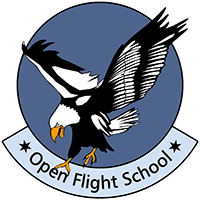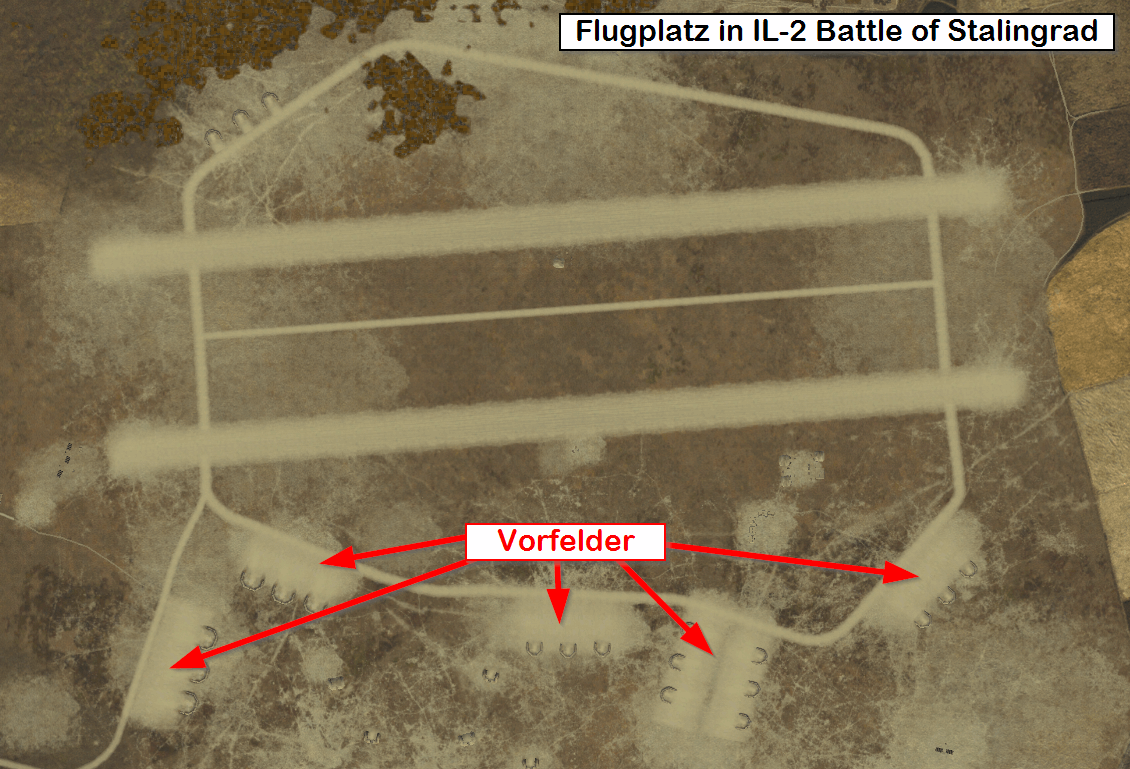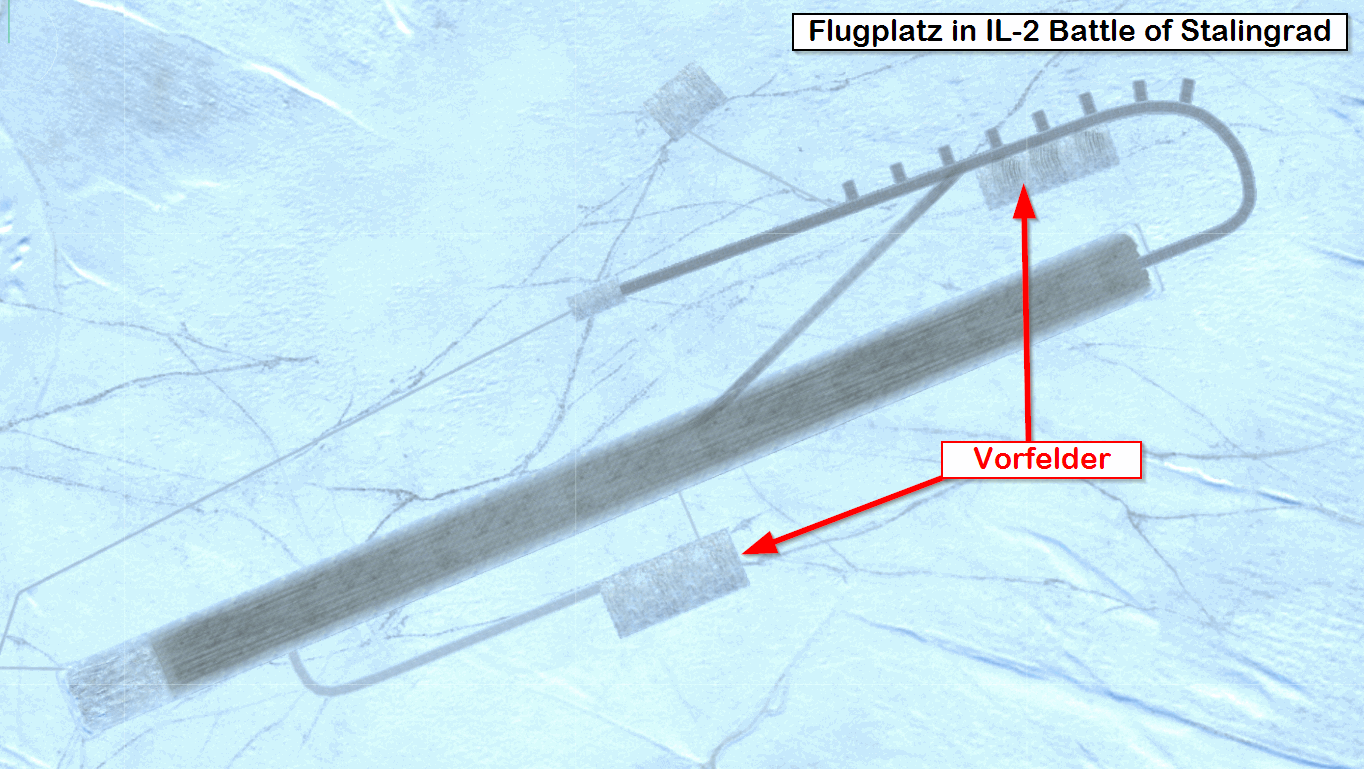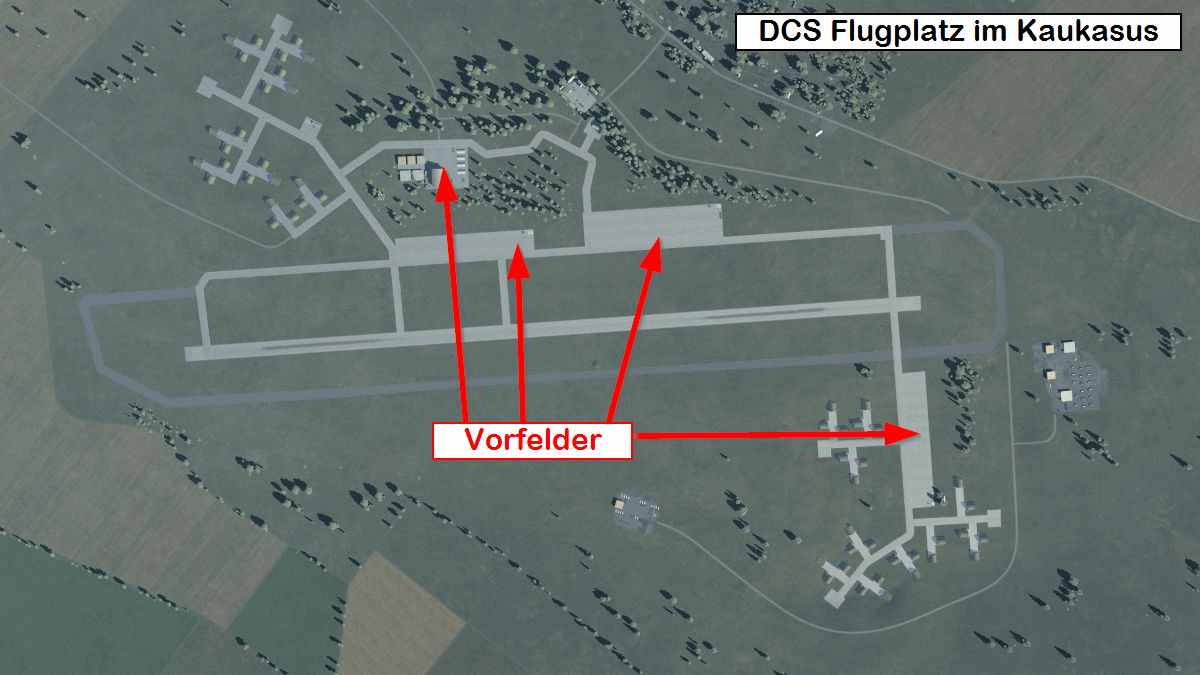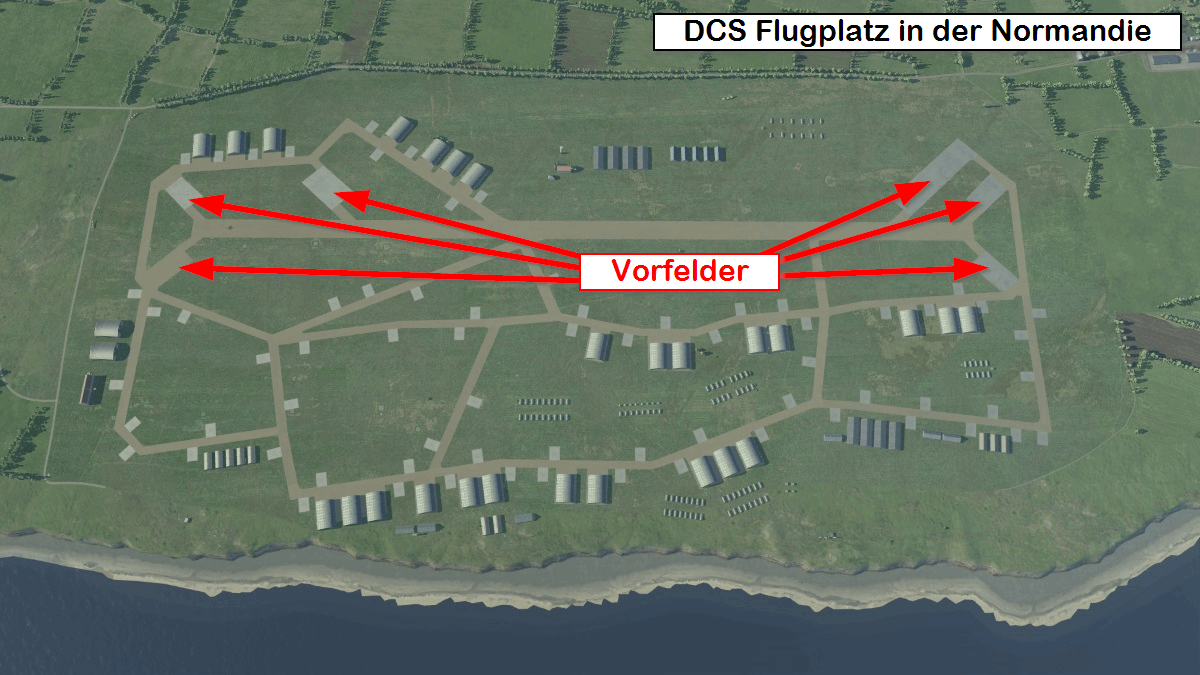The Airfield: Structure, Traffic Rules and Procedures
1. Construction of an Airfield
1.1. Apron
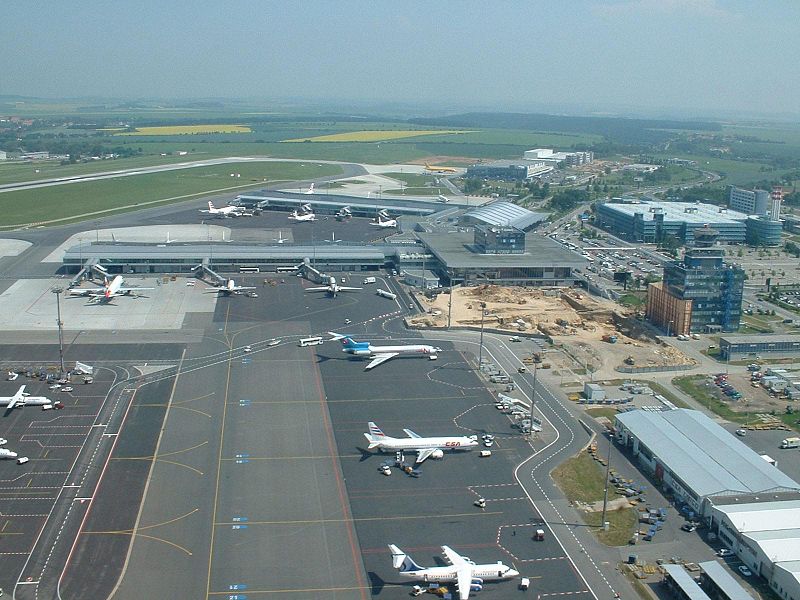 Apron. Primarily used as a parking area, the apron (or ramp, pan, dispersal) is located at the transition between the passenger area and the taxiways, runways and other areas closed to normal vehicle traffic.
Apron. Primarily used as a parking area, the apron (or ramp, pan, dispersal) is located at the transition between the passenger area and the taxiways, runways and other areas closed to normal vehicle traffic.
The apron is usually a paved or concreted area. It is as large as a supermarket car park or larger than ten football pitches. Some airfields are so large that there are several aprons.
The typical use for aircraft is:
- Refuelling
- Parking
- Loading
For example, the typical holiday plane stands on the apron when passengers board. Either directly at a ramp or on a parking space where the passengers are taken by bus.
The airplane is prepared for the flight, the systems on board are started before being pushed back to taxi. Usually, having landed the aircraft taxi back here to shutdown.
As we cover different games and therefore different time periods here at the OFS, the aprons of airfields in different courses will also look different.
Examples from IL-2 Sturmovik
Here are examples from IL-2. The first is an unpaved airfield with several aprons. The airfield on the second has fixed concrete slabs and two aprons.
Examples from DCS
Now two examples of airfields in DCS. The first from the Caucasus Map (Anapa Vityazevo) and second from Normandy (Saint Pierre du Mont).
